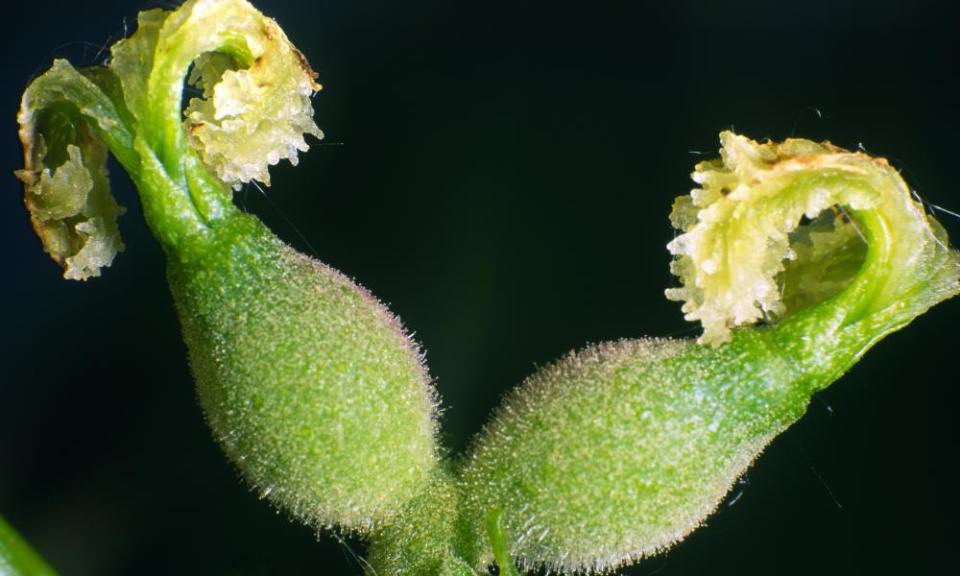How to grow walnuts
Squirrels are bastards. How else can you explain every single walnut on the tree gnawed through to its bitter green husks, the unripe nut cracked open only for the thief to discover that the flavour is not to his liking. There is not much to salvage from such nibbled nuts in terms of eating, but the fleshy outer husks make an excellent dye that ranges from yellow to pinkish grey to deep brown, depending on the age of the husk and what fixer is used. It is easily extracted in water brought to the boil.
So, to the soundtrack of mocking squirrels, I picked up the spoiled nuts and cooked up a vast vat of dye. We may end up looking like medieval monks by the time I have finished dyeing all our faded white T-shirts, but I feel, at least, that I have honoured the harvest, for it has been a bumper year for walnuts.

The common walnut, Juglans regia, is a handsome tree with mid-green leaves and elephant-grey bark, but it is not one for small gardens. It can grow to about 30m (100ft) high and 18m (60ft) wide. I collect from trees in the park. There are, however, a number of cultivars that are more suitable for smaller spaces. The added benefit of these is that they tend to bear fruit while still young. A seedling walnut tree won’t fruit until it is at least 10-15 years old, but selected cultivars can start at five years or so. On top of this, cultivars are self-fertile, so you’ll need only one tree – though a walnut orchard is a mighty fine thing if you have space for such dreams.
Related: How to grow buddleja – and keep it blooming into autumn | Alys Fowler
Walnut trees need to be somewhere sunny and sheltered, free from frosts, as even short spells below -2C in April will damage the flowers. “Rita” is slow-growing and fruits prolifically, but it will grow to 8m (26ft) tall, so it is suitable only for a larger garden. The French variety “Lara” is a little shorter, growing to 5m (16ft), with lovely large nuts. It gets an RHS award of garden merit, but is said to be susceptible to walnut blight, which can be a problem in our damp climate. “Mini Multiflora 14” is a dwarf plant that will reach only 3-4m (10-13ft) high, so you could conceivably tuck it into a front garden. It is early flowering, which means early fruit, but needs to be sited outside of the frost pocket, otherwise you won’t see any.
Finally, for those with space for pots and no more, there is “Dwarf Karlik”, from a breeding programme at Nikitsky Botanical Garden in Yalta, which grows to 2m (7ft) high. The joy of such short stature is that you can net the tree, thus ensuring that you, rather than the bastard squirrels, get the harvest.


